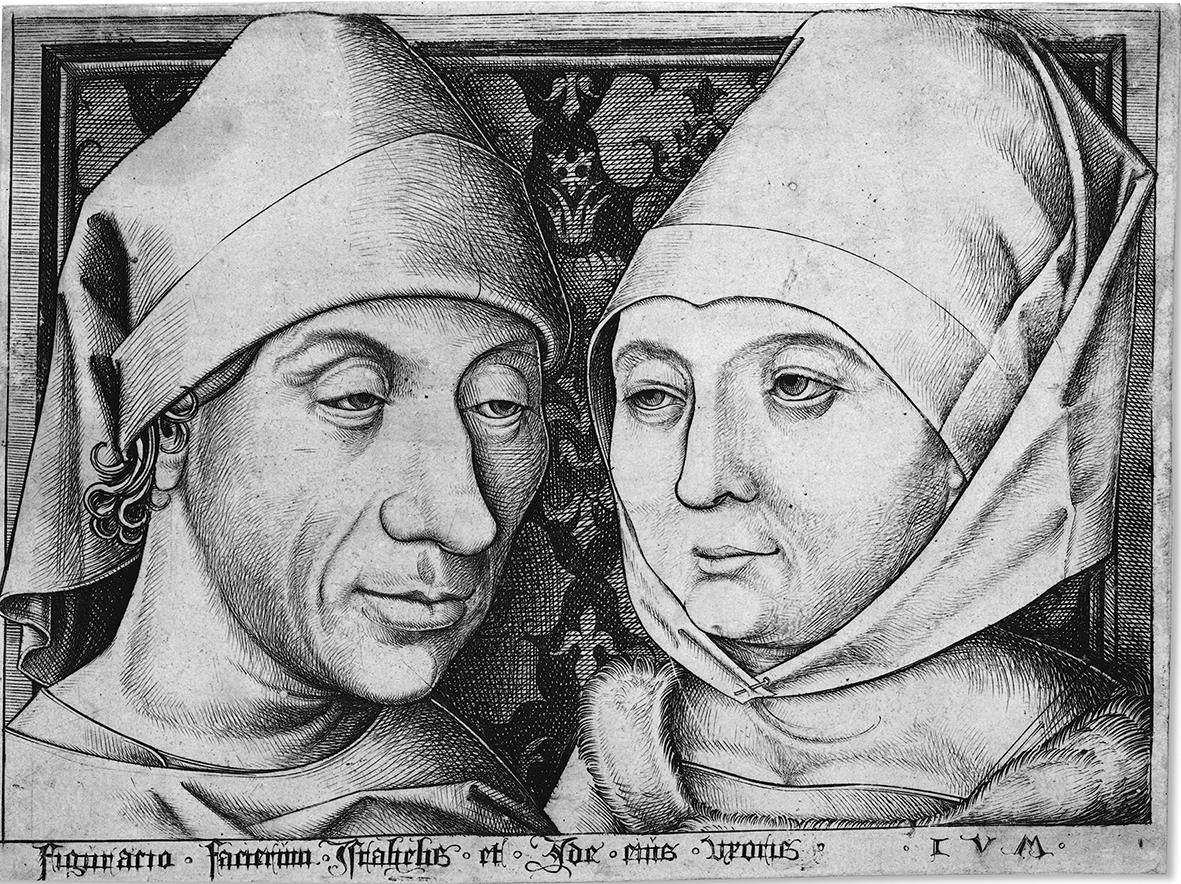The curators at Tokyo's National Museum of Western Art (NMWA) have decided that Japan, a country well-known for its own print art, should know more about the print art of Europe. In this endeavor, they have chosen the work of Israhel van Meckenem (c. 1445-1503), a Germanic print artist from the Lower Rhine area, active in the latter half of the 15th century.
Few will have heard of him. He lacks the name recognition of artists such as Albrecht Durer, a German painter more well-known for his print work. So, why would the museum decide to focus on a rather obscure name for "Sacred and Secular: Israhel van Meckenem & Early German Engraving"?
There are a number of reasons. First, Van Meckenem was an engraver rather than a woodblock artist. Works by engravers are generally of higher quality and have greater artistic merit. Second, Van Meckenem was incredibly prolific and many of his works have survived. In fact, around one fifth of the print works to survive from the period of time that he was working in are by him. Third, although most of the works in the exhibition are from the Staatliche Graphische Sammlung (National Graphic Arts Collection) in Munich, the NMWA also has a collection of Van Meckenem's works.

















With your current subscription plan you can comment on stories. However, before writing your first comment, please create a display name in the Profile section of your subscriber account page.